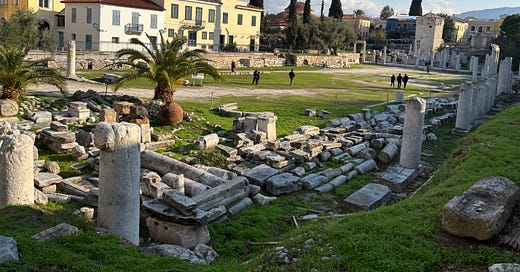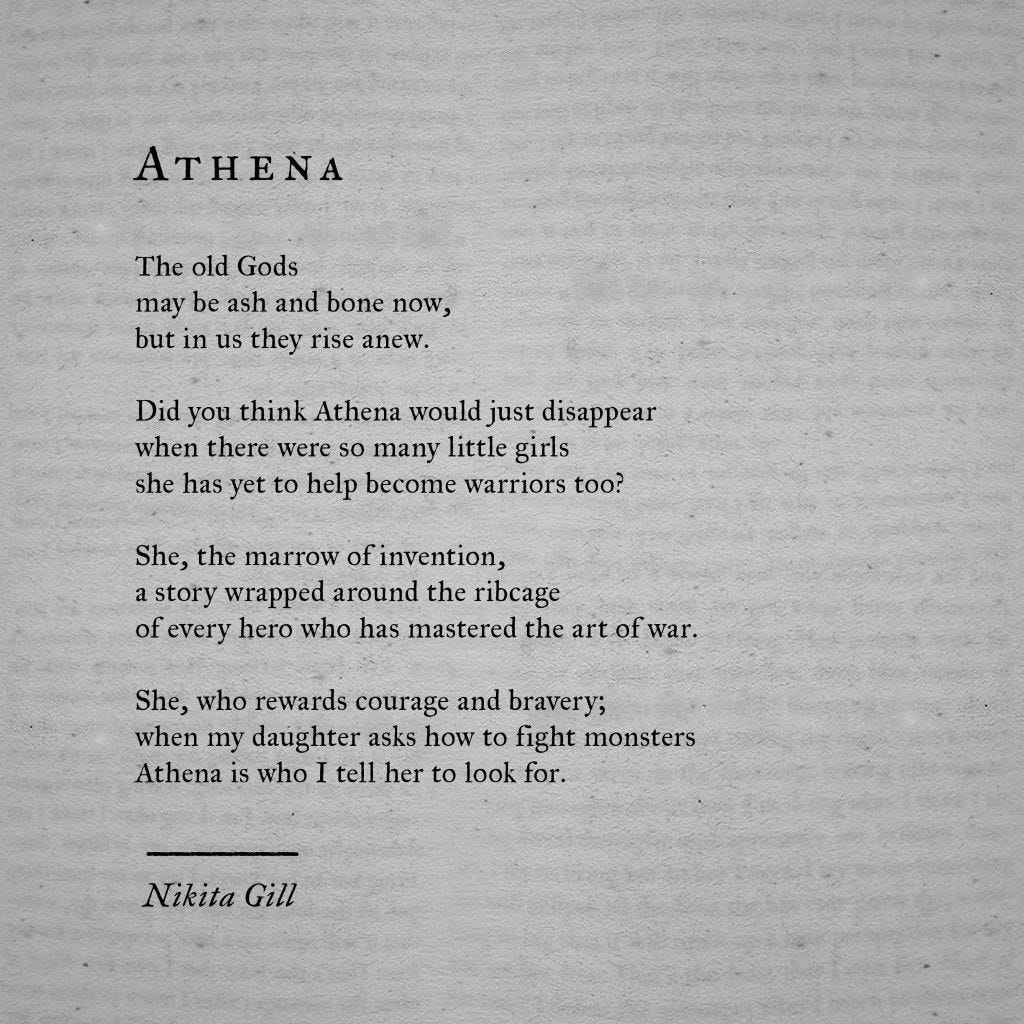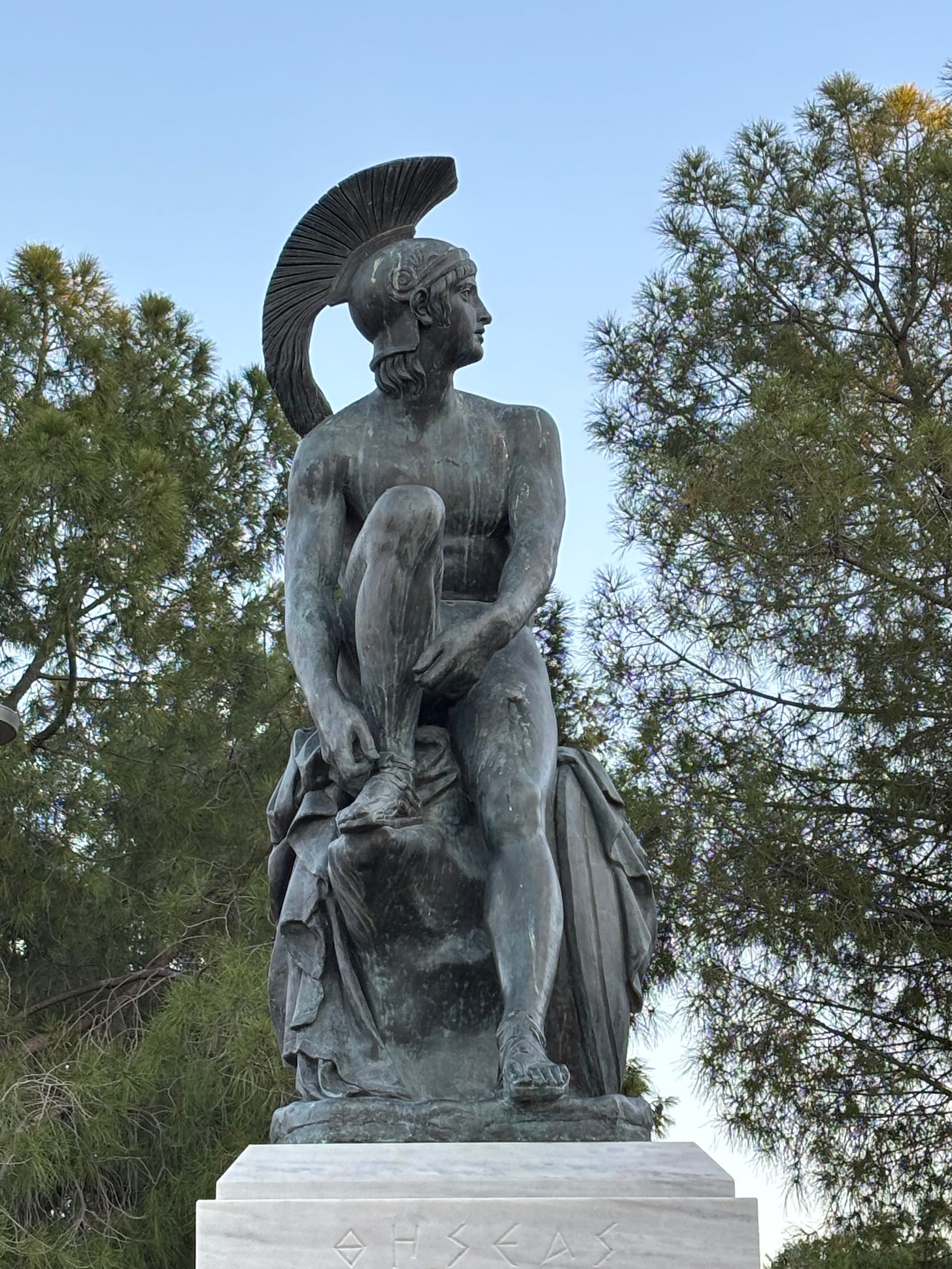You know I love a good Guru Walk in every city I visit. Well this one didn't disappoint. It was full of Greek history, mythology, and a lot of sightseeing. As a group we decided to take a different route than what was listed in the itinerary so I hit those highlights on my own.
I'm giving fair warning right now that I will most likely botch some of these facts and information. I will be the first to tell you that Greek history/mythology is not something I know anything about…and I’m still a little confused even after the tour. I'm blonde, give me a break.
Our group met in Thisseos Square which features the statue of Theseus, the mythical founder of democracy according to our tour guide, Stavros. He shared a brief historical overview, such as Athens is named for the goddess Athena and is the birthplace of democracy, to get us started.
Fun fact about Stavros, he was born in Athens to a Greek father and an American mother. He went to University in NY and was a teacher in the US for many years before moving back to Athens to become a tour guide…because he could make more money as a tour guide than a teacher. Either way he is still doing what he loves - educating people. He is very knowledgeable and quite funny with his sarcastic wit.
I should also add that we had several Italians on the tour which provided additional entertainment as they “playfully” argued with Stavros about the timeline and history and which nation of people was truly the powerhouse. It kind of made me glad to be an American mutt made up of many nationalities. I have no stake in this dog fight. Just an audience member.
As we walked and Stavros talked, we passed by the ruins of the Stoa Basileios or Royal Stoa (6 BC), where official state business, specifically related to religious laws and rituals was conducted. Important legal documents were signed into law here. Of course only white men between certain ages could work and vote here. That's democracy for ya.
Just a short walk to the end of the street and we were at the Gate of Athena (constructed 11 BC by Caesar & Augustus). This is the main entrance to the Roman Agora (marketplace for social gatherings, religious activities, and political center). Not much is left of the Roman Agora but the footprint so use your imagination.
Inside the Roman Agora is the Horologion of Andronikos Cyrrhestes (Tower of the Winds). An ancient octagonal tower used as a weather station with sundials & a weather vane, plus what is believed to be one of the first water clocks in the world. It is one of the earliest examples of a scientific instrument used for timekeeping and meteorological purposes. Cool.
If you look closely at the photo you will see an aqueduct on the left. When it was built it would have been connected to the tower. The water would have flowed down from the mountain and into the tower.
Keep reading with a 7-day free trial
Subscribe to The Wondering Wanderer to keep reading this post and get 7 days of free access to the full post archives.








